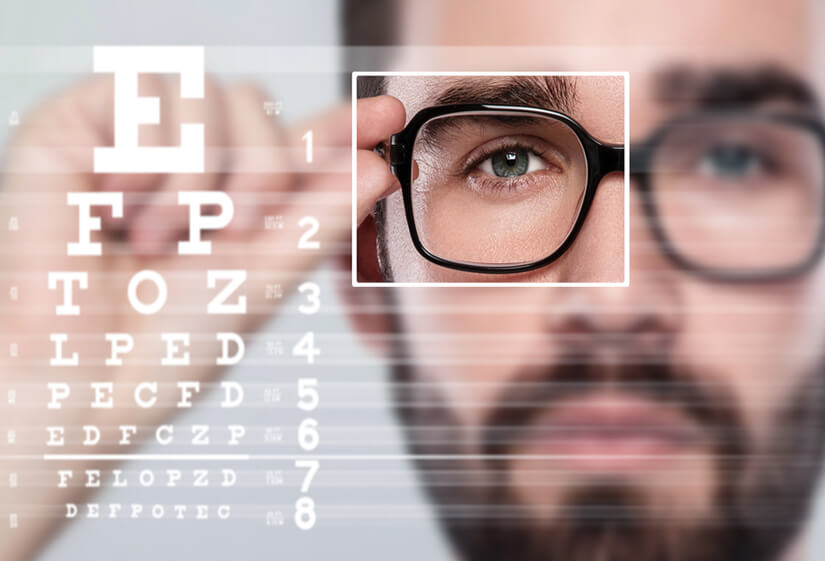What Is Cylindrical Number?
Do you ever experience blurry or distorted vision, even with your glasses on? Do you find yourself squinting or experiencing eye strain when trying to focus on objects? If so, you may have astigmatism, a common eye condition affecting how light enters your eye.
Astigmatism can cause your vision to appear distorted, making it difficult to see clearly. The severity of astigmatism is measured by a term known as the cylindrical number, which refers to the degree of the uneven curvature of your cornea or tye outermost surface of the eye.
If left uncorrected, astigmatism can cause discomfort and affect your ability to perform everyday tasks. Understanding the causes and symptoms of cylindrical power can help you to determine the best treatment option.
Let’s get started!
What is Cylindrical Number?
Cylindrical number, also known as cylinder power or cylinder value, is a term used in ophthalmology to describe the amount of astigmatism in an eye. Astigmatism is a common eye condition that occurs when the cornea of the eye has an irregular shape, causing light to focus unevenly on the retina and resulting in blurred or distorted vision.
Dr Anisha Gupta, an eye care specialist, will determine the cylindrical number of your eyes through a comprehensive eye exam, which may include visual acuity tests, refraction tests, and if required corneal mapping. Depending on the severity of astigmatism, she will prescribe glasses or contact lenses to correct vision and alleviate symptoms. In some cases, refractive surgery may be an option to correct astigmatism.

Symptoms of Cylindrical
The symptoms of astigmatism, measured by the cylindrical number, can vary from person to person depending on the severity and type of astigmatism. Some common symptoms of cylindrical (astigmatism) include:
- Blurry or distorted vision at all distances.
- Squinting
- Eyestrain or headaches after reading, using digital devices or doing close work for extended periods.
- Eye irritation.
- Difficulty driving at night or in low light conditions.
Causes of Cylindrical
The most common causes of cylindrical include the following:
Irregular Shape of the Cornea, Lens, or Both: The cornea is the eye’s clear front surface, and the lens is located behind the iris. Both of these structures help to focus light onto the retina, which is responsible for transmitting visual information to the brain. In a person with astigmatism, the cornea, lens, or both are irregularly shaped. This causes light to be focused on multiple points on the retina, resulting in blurry or distorted vision.
Eye Injury or Surgery: Trauma to the eye or previous eye surgery can cause changes in the shape of the cornea or lens, leading to astigmatism.
Genetic Factors: Astigmatism can be inherited from parents or may result from certain genetic conditions.
Keratoconus: Keratoconus is a condition in which the cornea becomes progressively thinner and bulges outward, causing irregular astigmatism. A changing cylindrical power or degree of axis may be an indicator of keratoconus and has to be taken seriously.
Other Underlying Eye Conditions: Certain eye conditions, such as cataracts, may also lead to astigmatism.
With proper diagnosis and management, astigmatism can be effectively treated, allowing you to enjoy clear vision and a better quality of life.
If you are experiencing symptoms of cylindrical or any other eye condition, it’s important to seek professional help from an ophthalmologist like Dr Anisha Gupta. She will perform a comprehensive eye exam to diagnose the problem and provide the necessary treatment.


